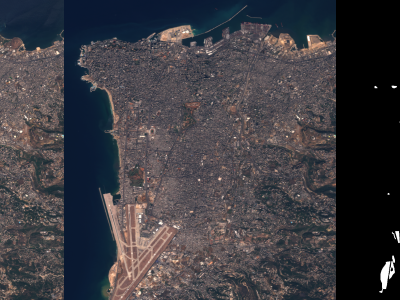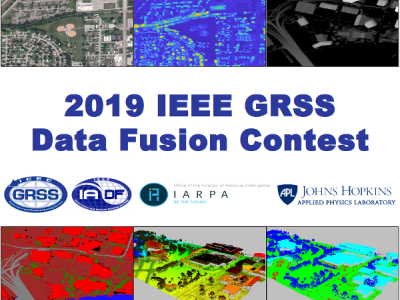Greenhouse and Cultivated Land Sample Dataset

- Citation Author(s):
-
guolong li
- Submitted by:
- guolong Li
- Last updated:
- DOI:
- 10.21227/8953-0253
- Data Format:
 96 views
96 views
- Categories:
- Keywords:
Abstract
Facility agriculture and arable land data play crucial roles in modern agricultural management and sustainable development. Accurate and up-to-date information regarding facility agriculture, including greenhouses, hydroponic systems, and other controlled environments, enables farmers and policymakers to make informed decisions. It helps in optimizing resource use, improving crop yields, and ensuring food security. Meanwhile, arable land data are essential for monitoring and managing the availability and quality of land suitable for cultivation. They support land use planning, conservation efforts, and the identification of potential expansion areas for agriculture. By understanding the dynamics and distribution of arable land, we can address issues such as soil degradation, deforestation, and urbanization that threaten food production. In conclusion, the significance of facility agriculture and arable land data cannot be overstated as they form the foundation for sustainable agricultural practices and the provision of adequate food supply for growing populations worldwide.
The relevant information will be updated following the publication of "Semantically Segmenting Remote Sensing Images Based on Multiview Shape-Constrained Strategies: Applications in Facility Agriculture and Cultivated Land".
Instructions:
1)The greenhouse sample data of Weifang City, with a 10-meter resolution in 2022, was drawn based on the Sentinel-2 images. The dataset covers an area of approximately 1258 square kilometers and includes over 15,000 greenhouses.
2)The greenhouse sample data of Weifang City, with a 1-meter resolution in 2022, was drawn based on the Google earth images. The dataset covers an area of approximately 210 square kilometers,consisting of 800 subimages of 512×512 pixels.
3)The cropland sample data of Yangzhou City, with a 1-meter resolution in 2022, was drawn based on the GF-2 images. The dataset covers an area of approximately 135 square kilometers,consisting of 515 subimages of 512×512 pixels.








good!